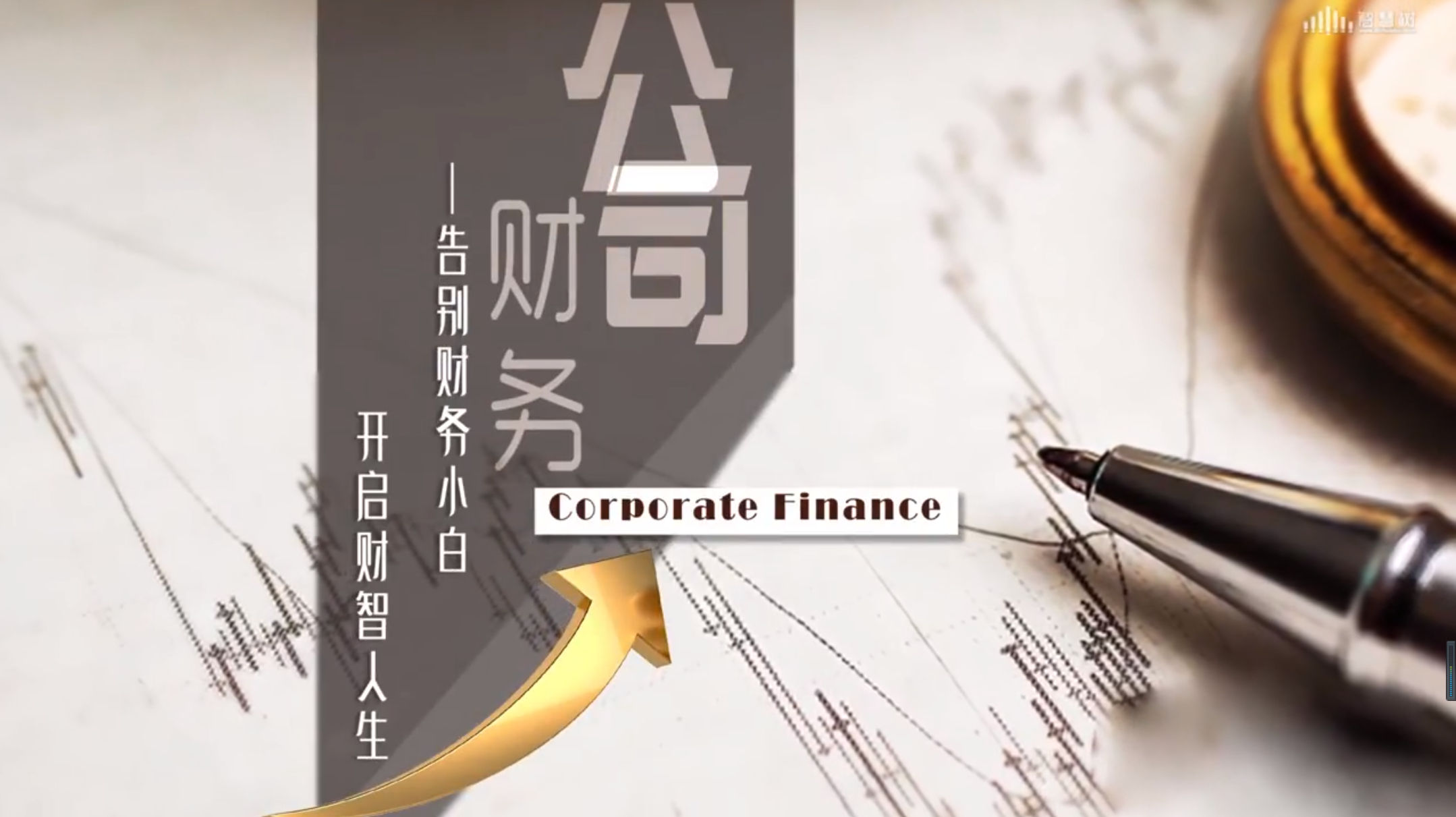第四章单元测试
- A 10-year bond pays an annual coupon. The bond has a yield to maturity of 8 percent. The bond currently trades at a premium--its price is above the par value of $1,000. Which of the following statements is most correct? ( )
- You are considering two Treasury bonds. Bond A has a 9 percent annual coupon, and Bond B has a 6 percent annual coupon. Both bonds have a yield to maturity of 7 percent. Assume that the yield to maturity is expected to remain at 7 percent. Which of the following statements is most correct?( )
- If the yield to maturity decreased 1 percentage point, which of the following bonds would have the largest percentage increase in value? ( )
- Which of the following statements is most correct? ( )
- Bond A has a 9 percent annual coupon, while Bond B has a 7 percent annual coupon. Both bonds have the same maturity, a face value of $1,000, and an 8 percent yield to maturity. Which of the following statements is most correct? ( )
A:If the yield to maturity remains at 8 percent, then the bond’s price will decline over the next year.
B:If the yield to maturity remains at 8 percent, then the bond’s price will remain the same over the next year.
C:If the yield to maturity increases, then the bond’s price will increase.
D:The bond’s coupon rate is less than 8 percent.
E:The bond’s current yield is less than 8 percent.
答案:If the yield to maturity remains at 8 percent, then the bond’s price will decline over the next year.
A:If the yield to maturity remains at 7 percent, the price of both bonds will increase by 7 percent per year.
B:If the yield to maturity remains at 7 percent, the price of both bonds will increase over time, but the price of Bond A will increase by more.
C:If the yield to maturity remains at 7 percent, the price of Bond B will decrease over time, but the price of Bond A will increase over time.
D:If the yield to maturity remains at 7 percent, the price of both bonds will remain unchanged.
E:If the yield to maturity remains at 7 percent, the price of Bond A will decrease over time, but the price of Bond B will increase over time.
A:A 1-year bond with an 8 percent coupon.
B:A 10-year bond with a 12 percent coupon.
C:A 1-year zero coupon bond.
D:A 10-year bond with an 8 percent coupon.
E:A 10-year zero coupon bond.
A:If a bond is selling for a premium, this implies that the bond’s yield to maturity exceeds its coupon rate.
B:Statements b and c are correct.
C:None of the statements above is correct.
D:If a coupon bond is selling at par, its current yield equals its yield to maturity.
E:If rates fall after its issue, a zero coupon bond could trade for an amount above its par value.
A:All of the statements above are correct.
B:If the yield to maturity for both bonds immediately decreases to
6 percent, Bond A’s bond will have a larger percentage increase in value.
C:Bond A trades at a discount, whereas Bond B trades at a premium.
D:None of the statements above is correct.
E:If the yield to maturity for both bonds remains at 8 percent, Bond A’s price one year from now will be higher than it is today, but Bond B’s price one year from now will be lower than it is today.
温馨提示支付 ¥3.00 元后可查看付费内容,请先翻页预览!


